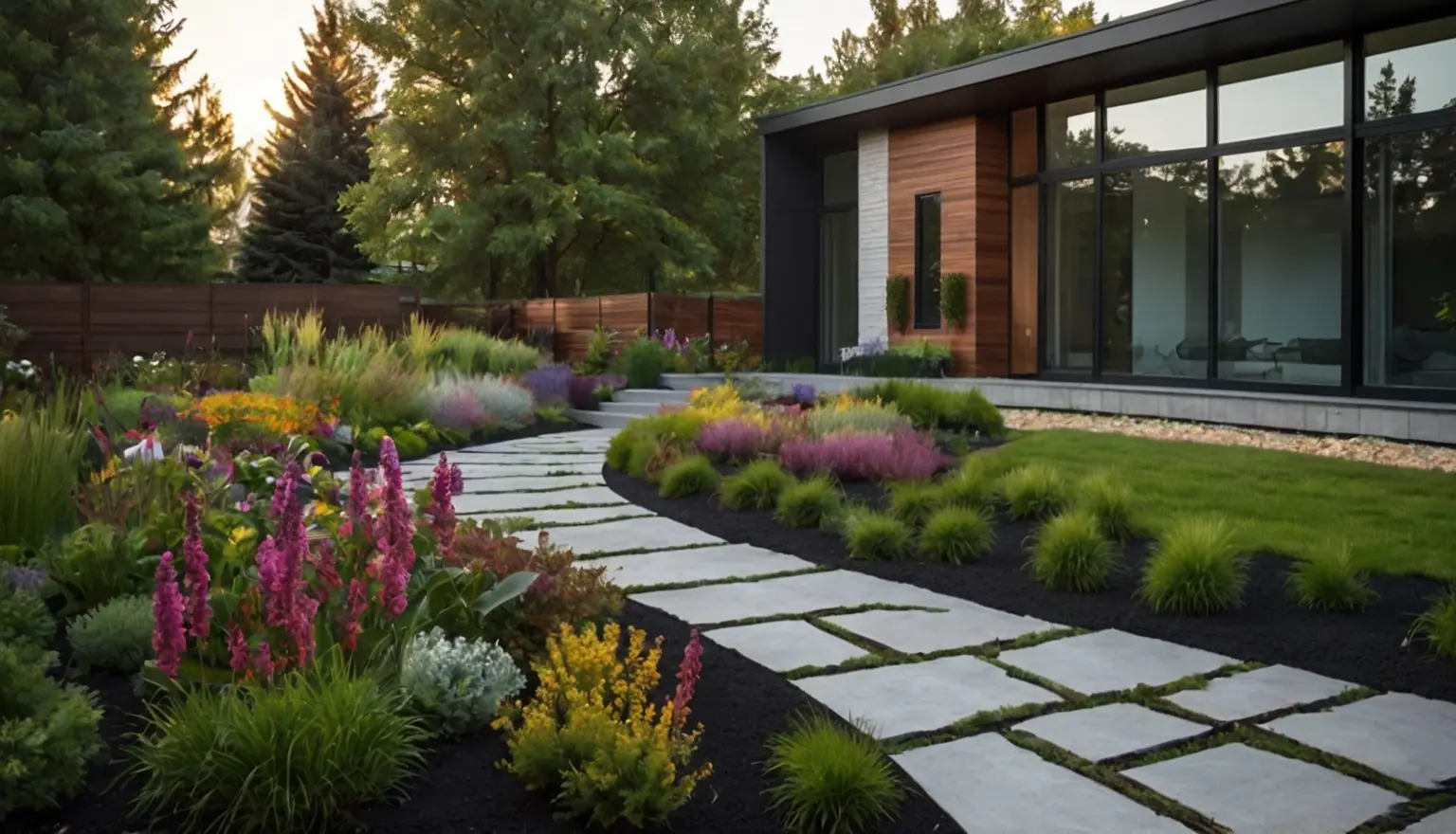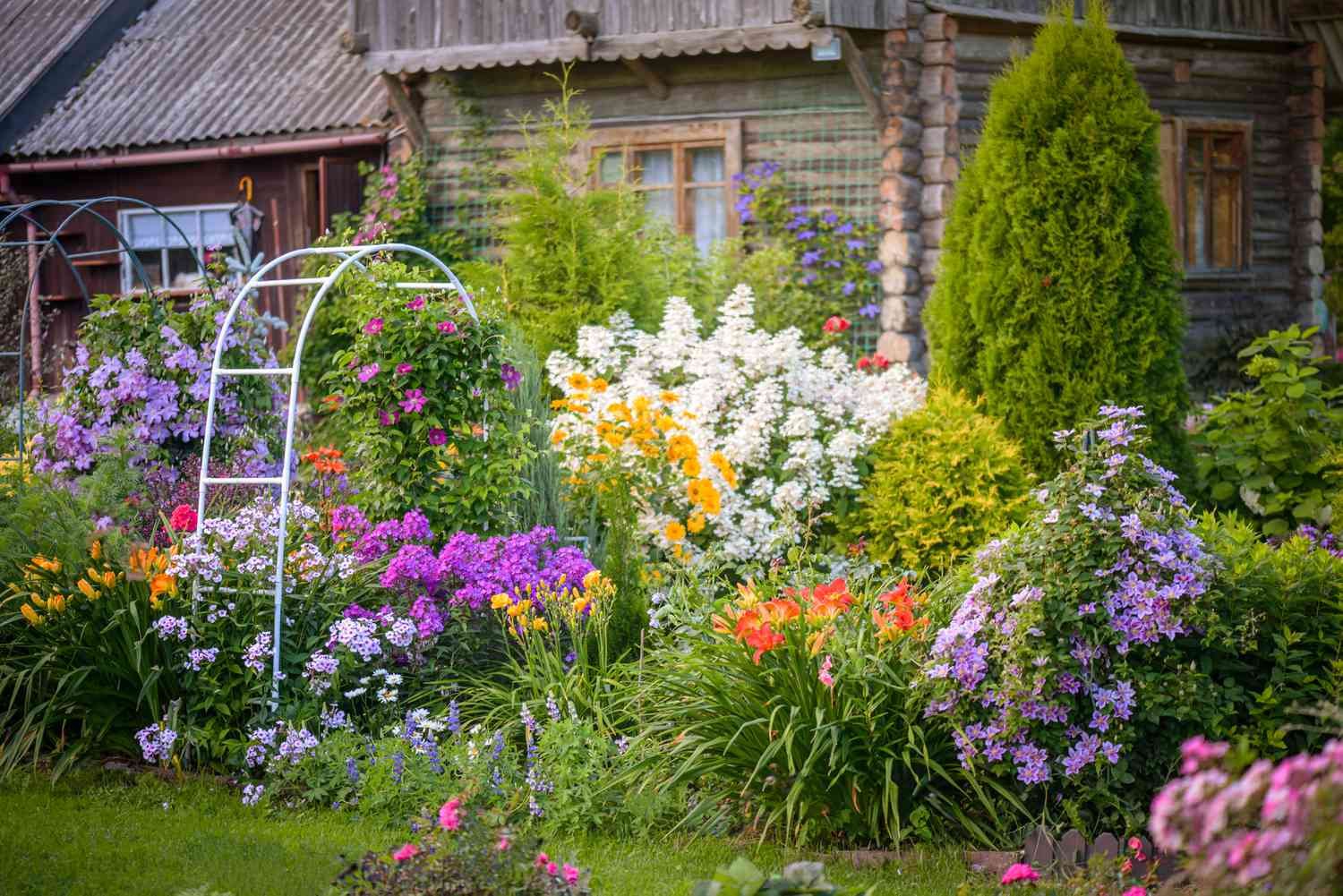Designing a Functional and Aesthetic Flower Garden. Creating a flower garden that is both functional and aesthetically pleasing involves careful planning and thoughtful design. A well-designed garden enhances your outdoor space, provides a habitat for wildlife, and offers a peaceful retreat. This guide outlines key steps and considerations for designing a flower garden that meets your needs and reflects your style.
Assessing Your Space
Before you begin designing your flower garden, assess the space you have available. Consider factors such as sunlight, soil quality, and the overall layout of your yard.
- Sunlight: Observe how much sunlight the area receives throughout the day. Different flowers have varying light requirements, so it’s important to choose plants that match the light conditions of your garden.
- Soil Quality: Test the soil to determine its pH and nutrient levels. Improving soil quality with compost and organic matter can enhance plant growth and overall garden health.
- Layout: Consider the shape and size of your garden space. Decide whether you want a formal layout with defined lines or a more natural, flowing design.
Selecting the Right Flowers
Choose flowers based on your garden’s light conditions, soil type, and the aesthetic you want to achieve. Select a mix of annuals and perennials to ensure year-round color and interest.
- Annuals: These flowers complete their life cycle in one growing season and offer vibrant color throughout the summer. Examples include petunias, marigolds, and impatiens.
- Perennials: These plants return year after year and provide lasting beauty. Consider varieties such as coneflowers, daylilies, and lavender.
Designing for Color and Texture
Incorporate a variety of colors and textures to create a visually appealing garden. Use color theory to plan your garden’s palette and create harmonious combinations.
- Color Schemes: Choose a color scheme that suits your preferences and complements your home’s exterior. Consider using analogous colors (adjacent on the color wheel) for a serene look or contrasting colors for a bold impact.
- Texture: Mix flowers with different textures to add depth and interest. Combine soft, delicate petals with bold, robust blooms to create a dynamic garden.

Creating Focal Points
Incorporate focal points to draw attention and create visual interest in your garden. Focal points can be achieved with specific plants, garden structures, or decorative elements.
- Feature Plants: Use tall or uniquely shaped flowers as focal points. Examples include sunflowers, hollyhocks, or ornamental grasses.
- Garden Structures: Add structures such as trellises, arbors, or gazebos to provide visual interest and support climbing plants.
Incorporating Functional Elements
Design your garden to be both beautiful and functional. Consider incorporating elements that enhance usability and contribute to the garden’s overall purpose.
- Pathways: Create pathways using gravel, stepping stones, or pavers to guide visitors through the garden and provide easy access to different areas.
- Seating Areas: Include seating areas such as benches or chairs to encourage relaxation and enjoyment of your garden space.
- Water Features: Add a water feature, such as a small pond or fountain, to attract wildlife and provide a soothing ambiance.
Planning for Maintenance
Choose low-maintenance plants and incorporate design elements that make garden upkeep easier. Consider the time and effort required for regular maintenance when selecting flowers and planning garden features.
- Mulching: Use mulch to retain soil moisture, suppress weeds, and improve soil quality. Organic mulches, such as wood chips or straw, also add visual interest.
- Irrigation: Install an irrigation system, such as drip irrigation or soaker hoses, to ensure consistent watering and reduce manual labor.
Innovative Design Meets Interactive Fun
Reprised focuses on delivering creative solutions and innovative design strategies for modern businesses. For a touch of online entertainment, jokacasino Games offers engaging interactive experiences that complement the world of creativity. This combination ensures users can enjoy both inspiring design and dynamic online fun.
Exclusive Experiences and Entertainment
At Reprised, we focus on delivering premium content and creative solutions for our audience. For those seeking a touch of excitement, Jokacasino Casino VIP offers an exclusive platform with high-quality gaming experiences. Both platforms prioritize user engagement and enjoyment.
Conclusion
Designing a flower garden that balances functionality and aesthetics requires thoughtful planning and attention to detail. By assessing your space, selecting the right flowers, creating focal points, and incorporating functional elements, you can create a garden that enhances your outdoor environment and provides lasting beauty. Consider your personal preferences and garden needs to design a space that reflects your style and offers enjoyment for years to come.

